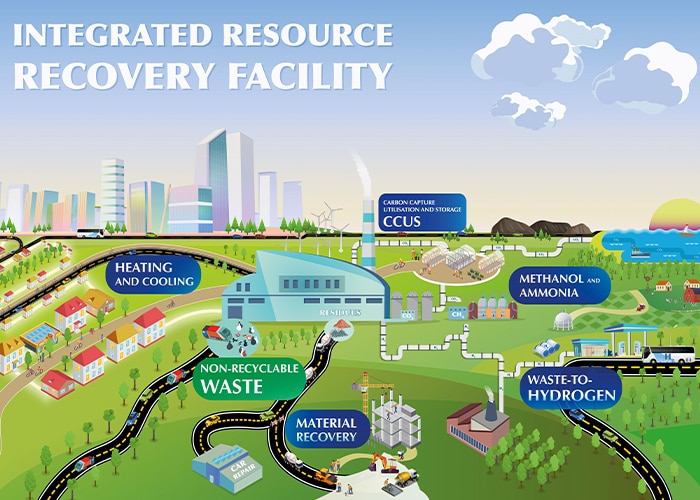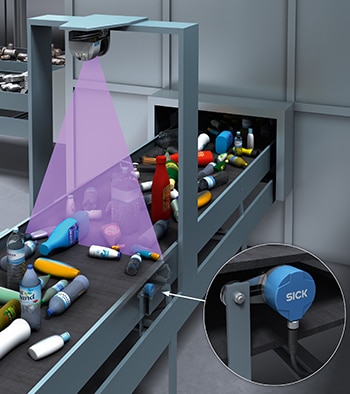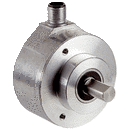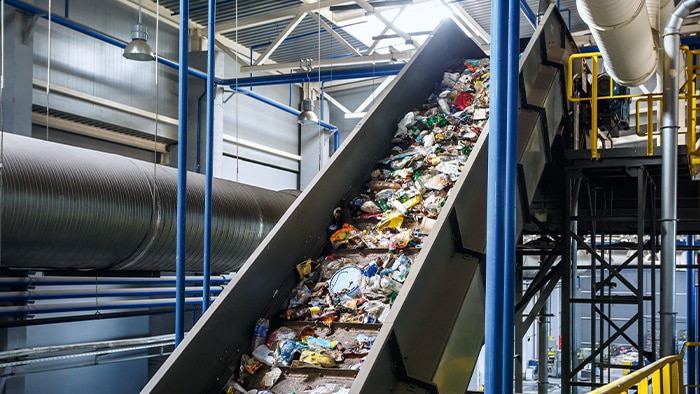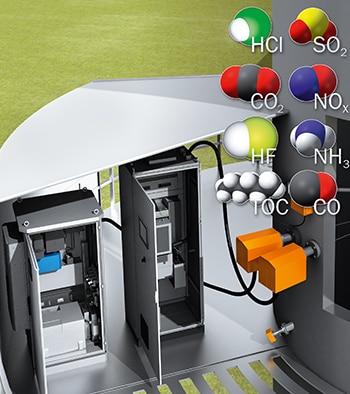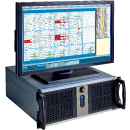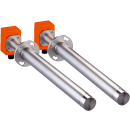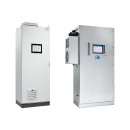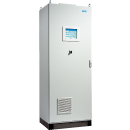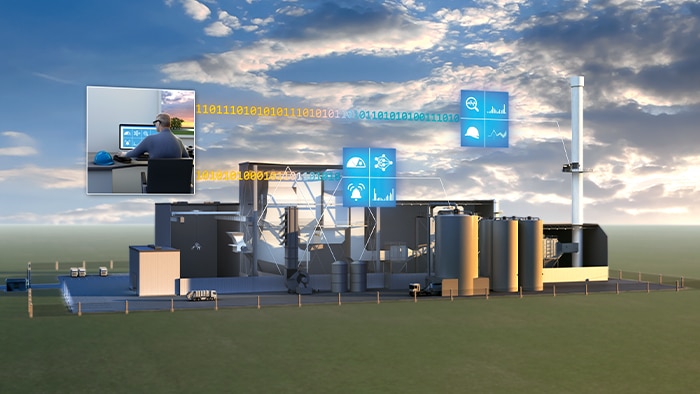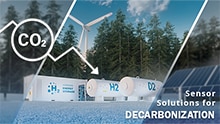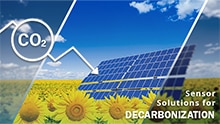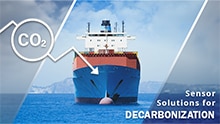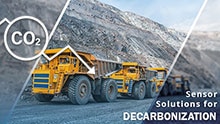Reduction of greenhouse gases in the waste management industry
Apr 22, 2024
The waste management industry also needs to reduce its global greenhouse gas emissions. A large proportion of the waste produced globally – controlled or uncontrolled – continues to go to landfill.
Welcome to part six of our series on decarbonization where we focus on waste management.
Reduction in methane emissions through recycling and thermal treatment
Landfill sites emit a significant amount of methane (CH4), a greenhouse gas that is 25 times more harmful to the environment than carbon dioxide (CO2). To achieve the net zero goal, the methane emissions from landfill need to be eliminated as far as possible. This is possible through holistic recycling and the thermal treatment of non-recyclable materials. Germany and several other European countries are successfully doing this thanks to high recycling rates and an effective network of thermal treatment plants.
Graphic of an integrated resource recovery facility.1
Graphic of an integrated resource recovery facility.1
Sensor solutions for holistic recycling
We need raw materials for almost everything: houses, roads, vehicles, entertainment media. But raw materials are a finite resource. In a sustainable circular economy, prevention, recycling, energy recovery, and the reliable avoidance of waste and removal of pollutants are of the utmost priority. This enables secondary raw materials to be made available to the economy again and conserves natural resources. The waste is tracked, controlled, sorted and recycled. Numerous sensors are used for this.
Conveyor belts transport waste within the recycling facility. Malfunctions of the conveyor belts can lead to significant delays and involve major costs. It is therefore necessary to monitor the operation of all conveyor belts, as well as the proper loading, unloading, and positioning of materials. The DFS60 incremental encoder provides the information on transport speed, while the Bulkscan® LMS511 flow sensor determines the volume flow, center of gravity of the load, and load height contactlessly and with no wear-and-tear
Flow sensors
Non-contact and maintenance-free measurement of volume flow
Bulkscan
Incremental encoders
High resolution, programmable encoders for demanding applications
DFS60
Malfunctions of the conveyor belts can lead to significant delays and involve major costs.
Malfunctions of the conveyor belts can lead to significant delays and involve major costs.
Energy recovery from non-recyclable materials
The energy produced in the thermal treatment plants is fed to the public supply network in the form of district heat and electricity. The energy is also further processed directly on site into alternative fuels such as hydrogen.
Example: Continuous emission monitoring of all pollutant components in the exhaust gas
To reduce emissions, the exhaust air in various processes is cleaned. Intelligent sensor solutions from SICK enable the exhaust air cleaning systems to combust the air effectively and operate optimally.
Continuous emission measurement systems (CEMS) such as the MCS200HW or MCS100FT simultaneously measure up to twelve pollutant components of the exhaust gas and reliably monitor the limit values. The MERCEM300Z gas analysis system measures mercury in the raw and clean gas. Dust concentrations are reliably determined by the DUSTHUNTER dust measuring devices, and flow volumes by the FLOWSIC100 gas flow meters
The MEAC300 data acquisition system is responsible for recording, saving, normalizing, analyzing, displaying, and forwarding the emissions data.
Digital analyzer solutions
Clear and cost-efficient emissions data management
MEAC300
Flow measurement instruments
Volume flow measuring devices for continuous emission monitoring
FLOWSIC100
Gas Analyzers
Proven measurement technology for flue gas monitoring
MCS200HW
Stay in control with proven FTIR measurement technology
MCS100FT
Powerful measurement of mercury in flue gases
MERCEM300Z
The condition data of the analyzers is visualized and interpreted in real time with the help of Condition Monitoring.
The condition data of the analyzers is visualized and interpreted in real time with the help of Condition Monitoring.
The condition data of the analyzers is visualized and interpreted in real time with the help of Condition Monitoring. Any significant changes in the analyzers are displayed and, if required, visualized concisely and clearly in a browser-based dashboard. Solutions and recommended actions are displayed in direct form. The Monitoring Box enables operators of waste incineration plants to implement digitally-supported predictive maintenance. This increases the machine and plant availability and reduces the costs for unplanned service deployments.
CCUS in the waste management industry
Initial pilot plants for carbon capture already exist. Around 50% of the waste from thermal treatment plants are biogenic materials. Through the capture and treatment of CO2 from fossil and biogenic waste, these plants can achieve a negative CO2 footprint. Gas analyzers, dust concentration measurement systems, and flow metering systems from SICK are used in carbon capture utilization and storage
Source
1https://eswet.eu/recovering-the-non-recyclable-the-integrated-resource-recovery-facility/
Read the other parts of our series on decarbonization
Please wait a moment...
Your request is being processed and may take a few seconds.

